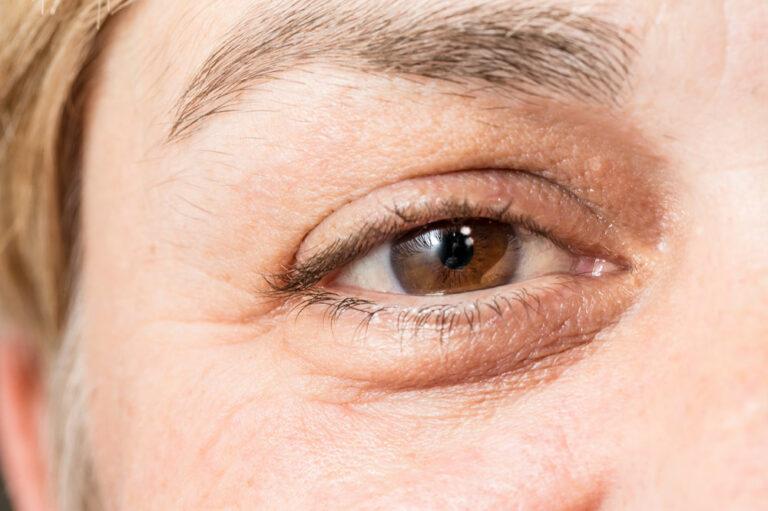The change in the color of one’s teeth is known as tooth discoloration, which may be brought on by various factors. One’s teeth may darken or seem stained due to extrinsic factors—discoloration due to certain foods or drinks, intrinsic factors like dental problems or health concerns, or age-related issues. If discolored teeth are getting in the way of a great smile, here is everything one needs to know to manage the issue:
Causes
The most common causes of tooth discoloration include:
Food/drinks: Beverages like coffee, tea, soda, and certain fruits and vegetables like apples and potatoes can make teeth seem yellow.
Poor dental hygiene: This includes not brushing or flossing teeth regularly to remove plaque and other stain-inducing substances.
Diseases: Conditions that affect the enamel and dentin can change the color of the teeth. Certain treatment options like head and neck radiation and chemotherapy can also significantly impact the color of the teeth.
Dental materials: Sulfide-containing materials in dental treatments can make teeth appear gray-black.
Aging: As people age, teeth enamel can wear down, exposing the natural colors of the dentin.
Environmental factors: Excessive fluoride from environmental sources can also lead to tooth discoloration.
Foods to avoid
Common staining foods include coffee, tea, soda, grape or cranberry juice, blueberries, beets, soy sauce, tomato sauce, and foods with added colorants. Sugary foods like ice creams, cakes, and cookies can trigger decay-causing bacteria and lead to staining of the teeth.
Foods to have
Having certain foods can help lighten or whiten the teeth. Fruits like strawberries and watermelon contain malic acid, which has bleaching properties. Papaya and pineapple contain proteolytic enzymes, which can break down protein in the pellicle layer to reduce staining and protect against plaque formation. Additionally, milk contains lactic acid and casein, which can lighten the enamel and prevent staining.
Treatment options
Several treatment options can help prevent and manage tooth discoloration. These include:
Whitening agents: Toothpaste or bleaches and at-home teeth whitening solutions may be prescribed by the dentist.
In-office whitening procedures: This includes professional teeth bleaching by the dentist.
Bonding: Here, a dentist fuses material to the stained areas of the teeth to change their color.
Veneers: The dentist adds a thin sheet of material over the entire front portion of the teeth to change the color.
Natural remedies for teeth whitening
Various natural remedies may also help brighten the color and appearance of the teeth. A few common options are:
Brushing with baking soda: Baking soda is a mild abrasive that can scrub away surface stains from the teeth. It has natural whitening properties and creates an alkaline environment in the mouth to discourage the growth of bacteria.
Hydrogen peroxide: Hydrogen peroxide is a natural bleaching agent that also discourages the growth of bacteria, making the teeth look cleaner and whiter. However, overusing hydrogen peroxide can erode the enamel, so one should limit its use to a few times per week.
Oil pulling: This is a popular traditional teeth whitening remedy that also helps improve oral hygiene. It involves swishing oil (such as coconut oil) in the mouth to remove the bacteria that can turn into plaque and make the teeth appear yellow.
Additionally, using tooth brushing and flossing techniques and avoiding staining foods and beverages can aid the teeth whitening process.












